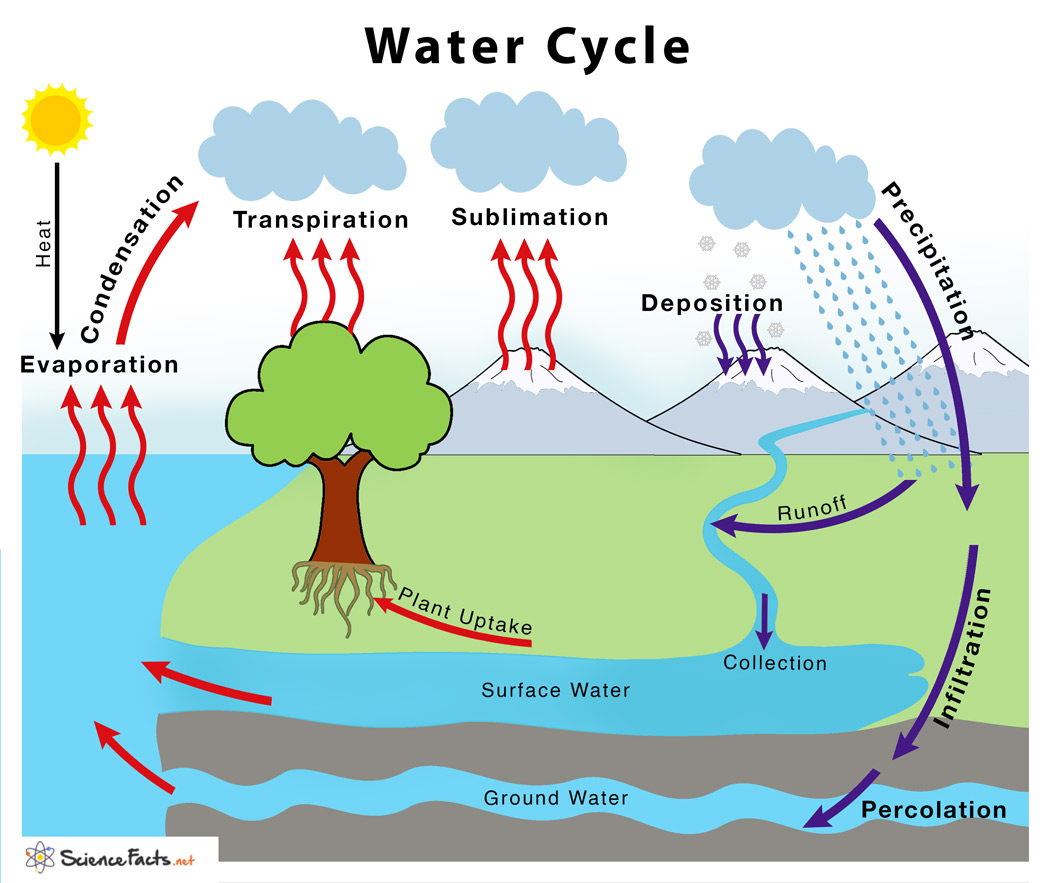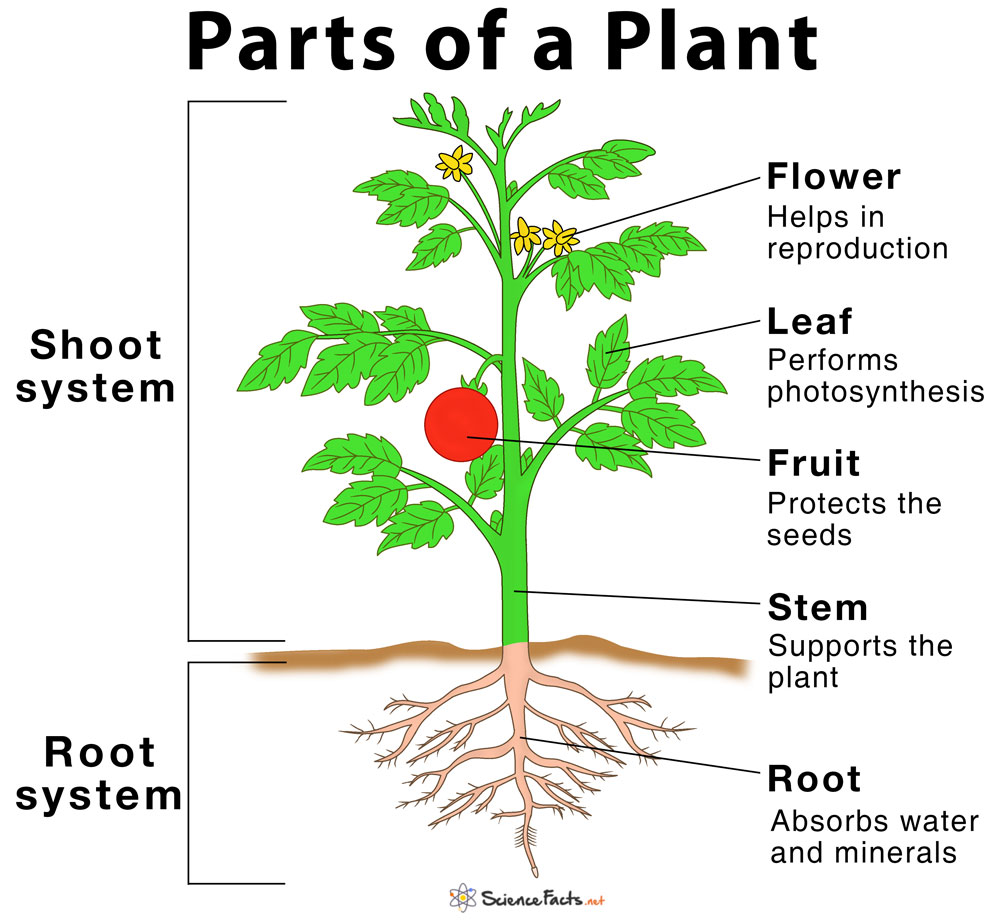How the Water Cycle Works

The water cycle, also known as the hydrologic cycle, is a fundamental process that describes the continuous movement of water on, above, and below the Earth's surface. This cycle involves various phases and processes that are essential for maintaining water distribution and availability on our planet. The key components of the water cycle include evaporation, condensation, precipitation, runoff, infiltration, and transpiration, all of which work together to ensure the circulation of water.
Evaporation and Condensation

Evaporation is the process through which water transforms from a liquid state to water vapor due to heat energy. This primary phase of the water cycle occurs when the sun's energy causes water to evaporate from oceans, lakes, rivers, and other surface water bodies[2][3][4][6]. As water vapor rises into the atmosphere, it undergoes condensation, transitioning back into liquid form to form clouds[1][7].
Precipitation and Runoff

Condensation leads to cloud formation, which eventually results in precipitation in the form of rain or snow[1][5][7]. Precipitation is a crucial stage in the water cycle as it brings water back to the Earth's surface. Once precipitation occurs, water can take different paths. It can flow over the surface as runoff, recharging rivers, lakes, and oceans[3][4]. Runoff also plays a significant role in carrying nutrients and sediments to various parts of the ecosystem.
Transpiration and Infiltration

Transpiration is the process where water vapor is released by plants as part of their metabolic activities[4]. This process contributes to the water cycle by returning water to the atmosphere. Infiltration is another key phase where water seeps into the soil, replenishing groundwater reservoirs[3][6]. Groundwater serves as a vital storage system that maintains the balance of the water cycle by slowly releasing water into rivers, lakes, and other water bodies.
The Role of Sun's Energy

The water cycle is primarily driven by the sun's energy, which provides the heat necessary for evaporation to occur[4][5]. The sun's energy powers the entire cycle, from evaporation to condensation, precipitation, and other phases of water movement. The continuous interaction between sunlight, water, and the Earth's surface ensures the perpetuation of the water cycle.
Impact of Human Activities
While the water cycle is a natural and dynamic process, human activities can significantly impact its functioning[6]. Factors such as deforestation, urbanization, and pollution can alter the water cycle by affecting precipitation patterns, water availability, and ecosystem health. It is essential to consider the human impact on the water cycle and take measures to preserve this critical natural system.
Conclusion
In conclusion, the water cycle is a complex and interconnected system that regulates the movement of water throughout the Earth. From evaporation and condensation to precipitation, runoff, and infiltration, each phase of the water cycle plays a vital role in maintaining the global water balance. By understanding how the water cycle works and the factors that influence it, we can better appreciate the importance of water conservation and sustainable water management practices.
Get more accurate answers with Super Pandi, upload files, personalized discovery feed, save searches and contribute to the PandiPedia.
Let's look at alternatives:
- Modify the query.
- Start a new thread.
- Remove sources (if manually added).